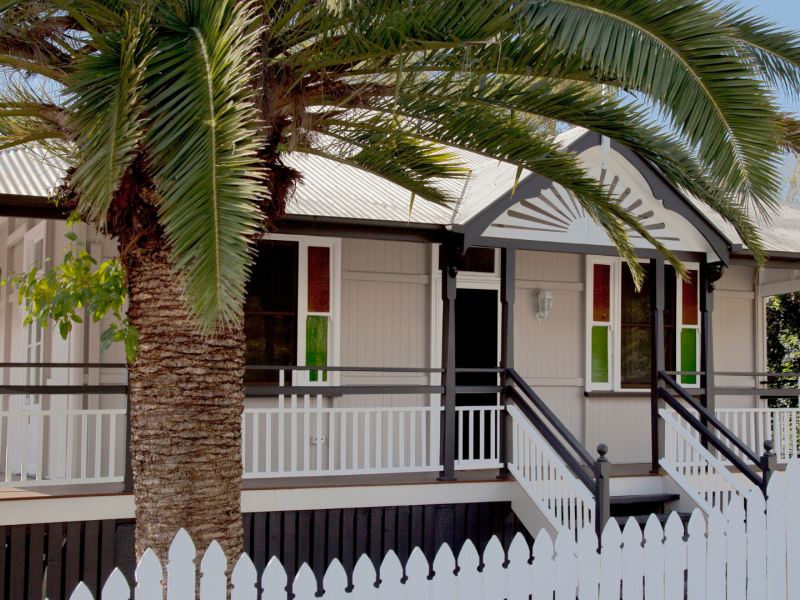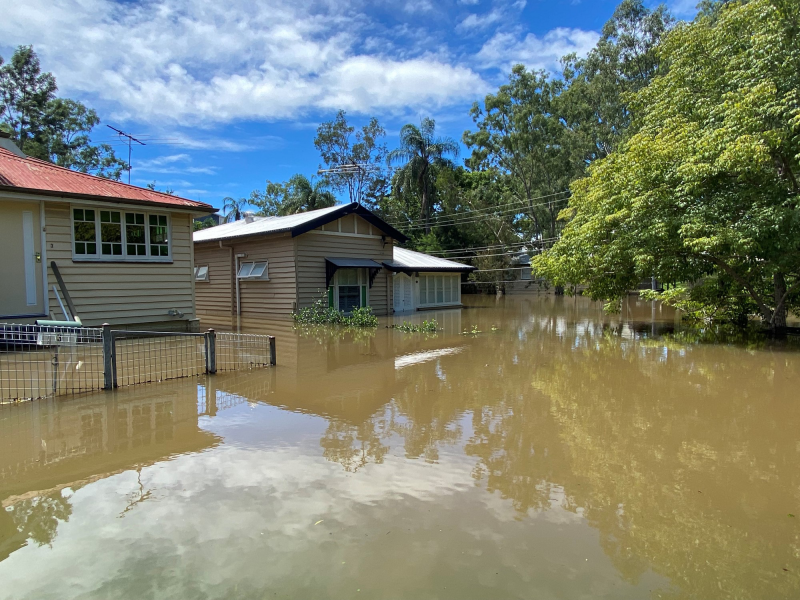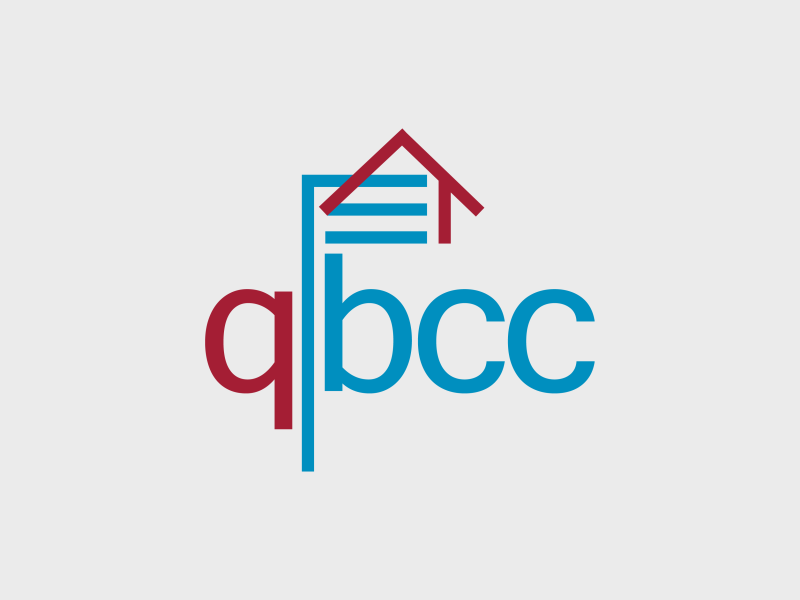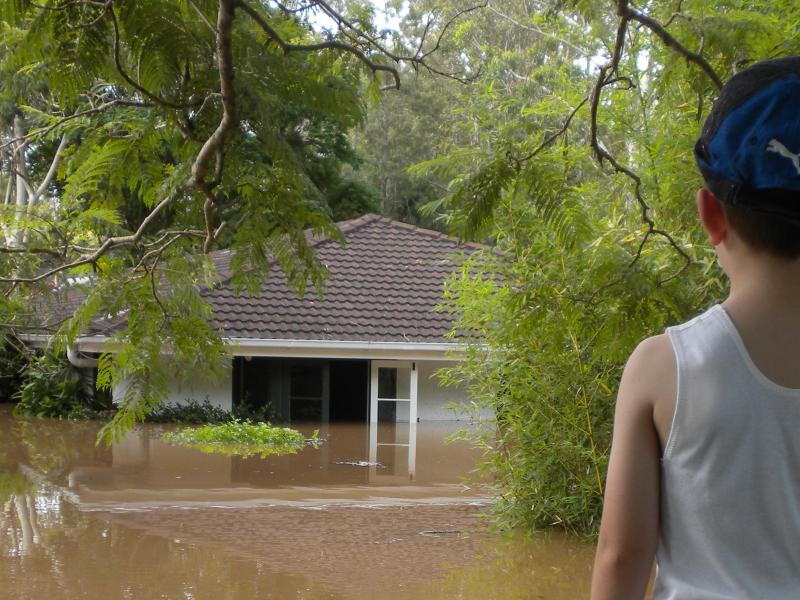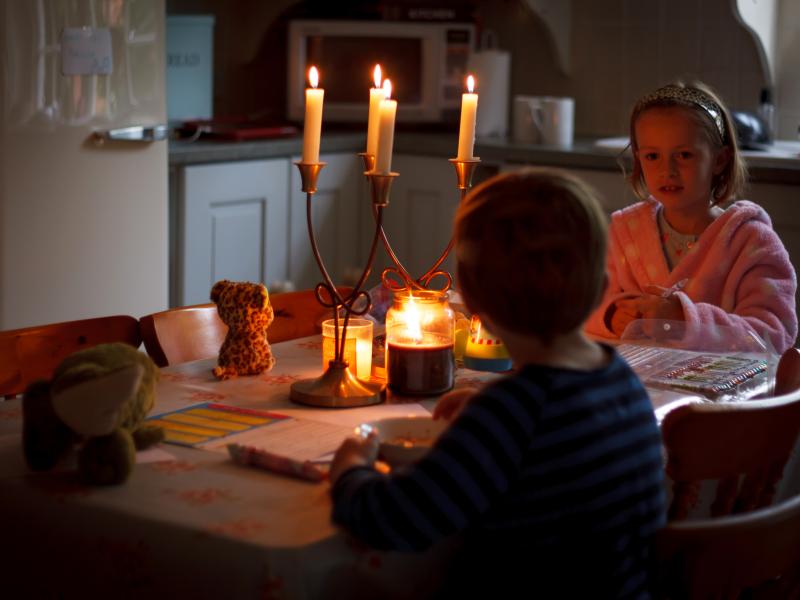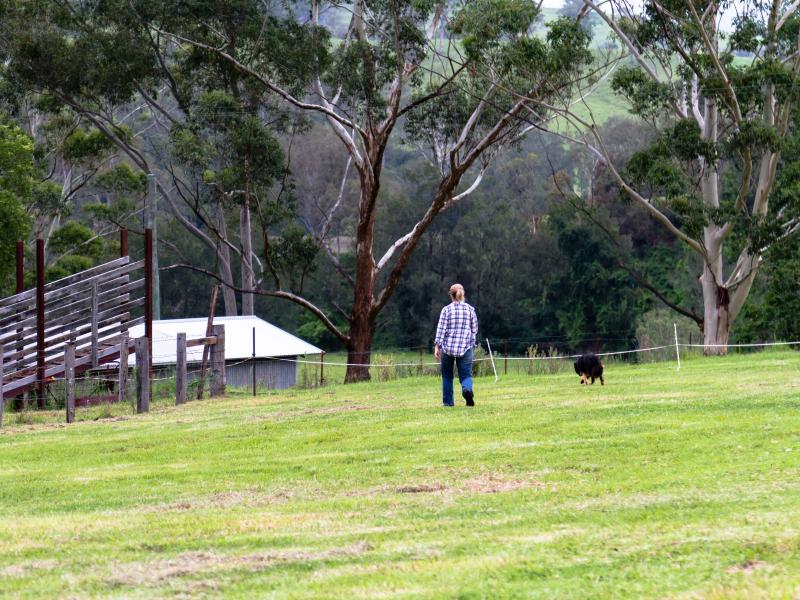We can’t control the weather, but we can do our best to prepare our homes for the impacts.
When getting ready for extreme weather, choosing the right materials and design for your home can be as important as having your emergency plan and kit ready to go.
Using resilient design and materials can reduce the cost and time of repairs after extreme weather events, like floods, storms, and bushfires. The idea for using resilient materials is not new: materials have been around for many years and there is a growing demand as our climate changes.
Talk to your hardware store or builder about the right design, construction and materials that can help reduce damage caused by extreme weather.
Below are some examples of resilient design for flooding:
- using approved water-resistant floor coverings, for example, vinyl, tiles, and polished concrete
- install dedicated electrical circuits with lock out breakers between levels
- raise power outlets, switchboards, air conditioning units and hot water systems above flood levels
- use water resistant wall linings, cabinetry and moldings
- replace hollow core doors with solid core doors
- use face-of-wall sliding doors or swing doors with a seal wall cavity instead of cavity sliding doors
- have no cavities under or within staircases
- replace cavity walls with non-cavity walls
See a full list for flooding here: Design guidance for flood resilient homes.
See a full list here for bushfire: Design guidance for bushfire resilient homes.
See a full list here for cyclone and storm: Design for storm tide resilient homes
Licensed professionals
Ensure only licensed professionals are involved in the repair or construction of your home by checking their credentials.
Find out more and Get Ready
Check out these other pages and resources to help you Get Ready.
